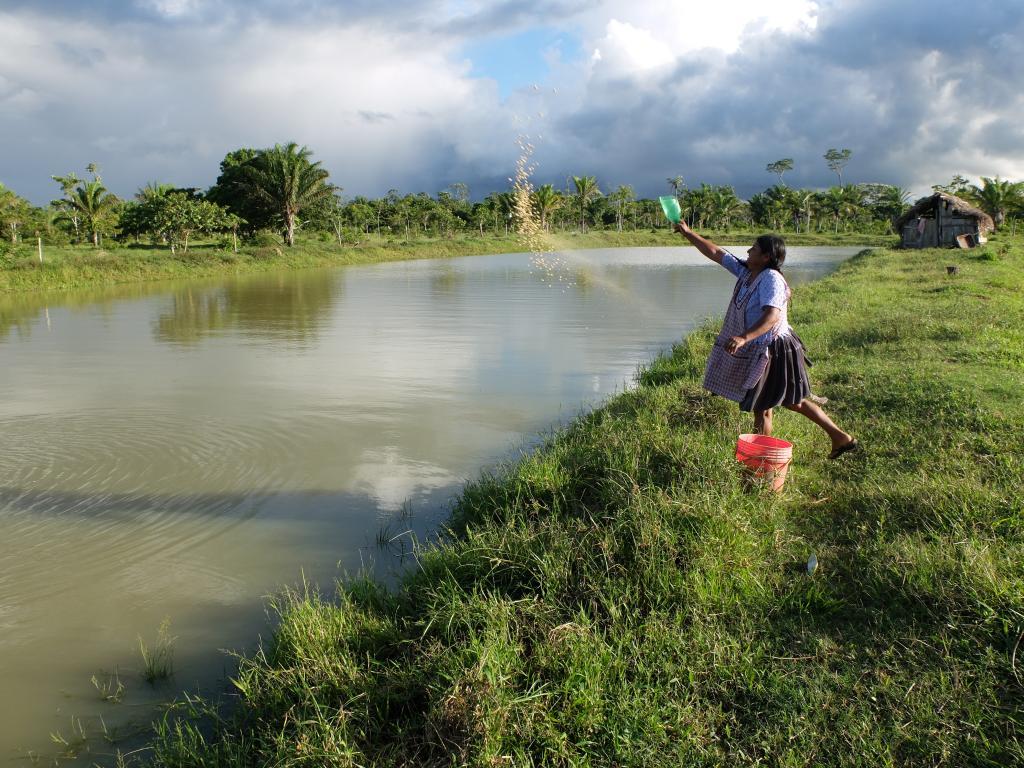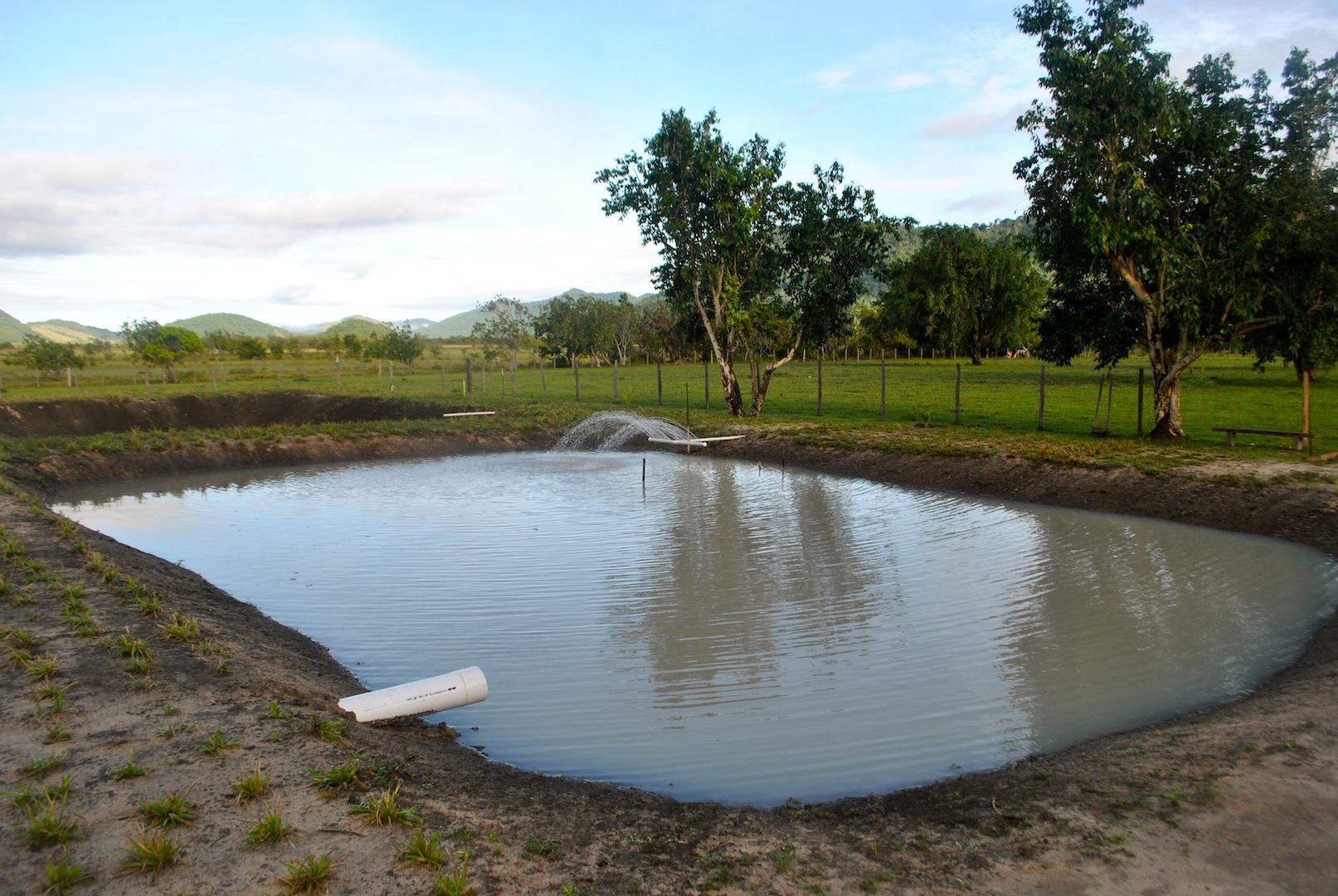Commercial Fish Farming – Greener Landscapes Inc.
Commercial fish farming, also known as aquaculture, is the practice of cultivating fish and other aquatic organisms in controlled environments for commercial purposes. It involves the rearing, breeding, and harvesting of fish in tanks, ponds, or other artificial enclosures. Aquaculture has gained popularity worldwide as a means to meet the growing demand for fish, alleviate pressure on wild fish populations, and provide economic opportunities. Greener Landscapes Inc. has gotten deeply involved in promoting aquaculture in different local communities around Uganda and Africa.
Benefits of Commercial Fish Farming by Greener Landscapes Inc.
Increased Fish Production
Commercial fish farming allows for controlled and intensive production, resulting in higher fish yields compared to wild fisheries. It helps meet the increasing global demand for fish as a valuable protein source.
Reduced Pressure on Wild Fish Stocks
Overfishing and depletion of wild fish stocks are significant concerns. By relying on farmed fish, Aquaculture reduces the need for capturing fish from natural habitats, helping to alleviate pressure on wild populations and conserve biodiversity.
Food Security
Commercial fish farming contributes to food security by providing a consistent and reliable supply of fish. It helps diversify the sources of protein, particularly in areas where access to fresh fish from natural water bodies is limited.
Employment and Economic Opportunities
Fish farming operations create employment opportunities, both directly and indirectly, in rural and coastal areas. They contribute to local economies through the production, processing, and marketing of farmed fish, as well as the supply of equipment and services to the industry.
Efficient Use of Resources
Commercial fish farming can be designed to optimize resource utilization. Recirculating aquaculture systems (RAS), for example, minimize water usage by recycling and treating the water within the system. Additionally, fish feed can be formulated to maximize nutrient utilization and minimize waste.
Quality Control
Fish farming allows for control over various factors that can influence the quality of the final product. This includes feed composition, water quality, and disease management. It enables producers to meet specific quality standards and ensure a consistent supply of fish to consumers.
Greener Landscapes Inc Challenges and Considerations to Aquaculture
Environmental Impacts
Commercial fish farming can have environmental implications, including the discharge of waste and excess nutrients, the potential introduction of non-native species, and the use of fishmeal and fish oil in feed production, which may contribute to the overfishing of wild fish stocks. Proper management practices, environmental impact assessments, and the adoption of sustainable aquaculture techniques are essential to mitigate these impacts.
Disease and Health Management
Like any intensive animal farming practice, fish farming is susceptible to diseases and parasites. Disease outbreaks can have devastating effects on fish populations and can spread to surrounding ecosystems. Proper disease prevention, monitoring, and management protocols are crucial for the sustainability and success of commercial fish farms.
Genetic Interactions
Escapes of farmed fish into the wild can result in genetic interactions with wild populations, potentially affecting their genetic diversity and adaptation. Measures such as proper containment and genetic monitoring can minimize these risks.
Feed Dependency
Many fish species in commercial farming rely on feed that contains fishmeal and fish oil derived from wild fish stocks. This dependency poses sustainability challenges due to overfishing and the need for alternative, more sustainable feed sources, such as plant-based and alternative protein feeds.
In conclusion, commercial fish farming offers numerous benefits, including increased fish production, reduced pressure on wild fish stocks, food security, employment opportunities, and efficient resource utilization. However, it is essential to address and manage the environmental and sustainability challenges associated with fish farming to ensure its long-term viability and minimize negative impacts on ecosystems.



